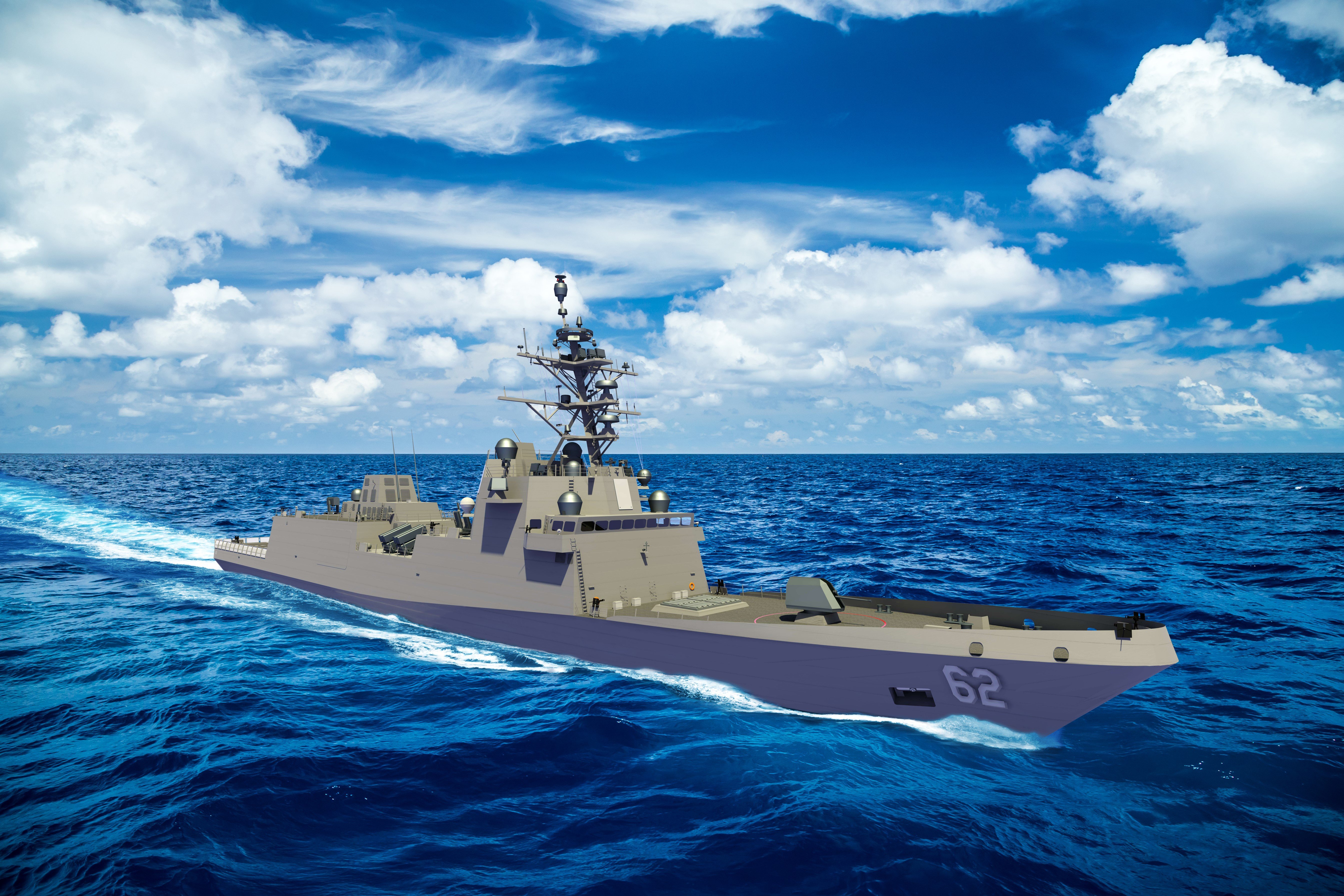
Navy leadership wants to expand construction of its new guided-missile frigate to four ships per year as soon as practical, service leaders told the Senate Armed Service Committee on Tuesday.
By the end of the year, the service expects Constellation-class (FFG-62) shipbuilder Fincantieri Marinette Marine to have the technical data package ready for a second shipbuilder to start constructing more Connies, Secretary of the Navy Carlos Del Toro said in response to SASC ranking member Sen. Roger Wicker (R-Miss.)
“We’re actually waiting for the completion of the technical design package, which is expected by the end of this year,” Del Toro said.
“We will review it and at that point, we’ll make a decision on whether we have the ability to actually take that technical data package and make sure that it’s mature enough to actually compete for another shipyard so that we can have two shipyards.”
In follow-up comments to Wicker’s questions, Chief of Naval Operations Adm. Mike Gilday said the service would want both Marinette and the second yard to each eventually produce two Connies a year.
“I think it’s very important … that we could get to the second shipyard and a two-a-year [rate] from each shipyard,” he told the committee.
Marinette started fabrication on the first ship, Constellation (FFG-62), last year after a $795 million award in 2020. The Navy exercised options for the second frigate Congress (FFG-63) in 2021 and Chesapeake (FFG-64) last year.
The call for four Constellations a year is a departure from the Navy’s current long-range outlook for the frigate line. Based on two of the three alternatives in Fiscal Year 2024 30-year shipbuilding plan, the Navy is not planning to hit a sustained two-a-year rate for frigates until the 2030s.
The current “saw-tooth” pattern alternates the buy between one and two frigates every two years through 2027 for a total of seven in the current five-year budget outlook.
While the shipbuilding plan, also released on Tuesday, is a placeholder ahead of the Navy’s planned force structure assessment due in June, the new report gave insight into why the service would want to accelerate the line.
“Increased numbers of smaller multi-mission combatants, such as Constellation-class Frigates (FFG 62), enable more efficient distribution of missions across the surface fleet, freeing up the more capable [guided-missile destroyers] for critical high-end missions,” reads the long-range shipbuilding plan, obtained by USNI News on Tuesday.
The current Arleigh Burke-class destroyers have been tasked with low-intensity missions as part of individual deployments, like providing host platforms for Coast Guard law enforcement missions.
The 7,300-ton frigate is based on the Italian and French navies’ FREMM frigate, but was heavily modified to meet U.S. military survivability standards, growth margins and government-furnished equipment. Leidos subsidiary Gibbs & Cox reworked the original design.
The Navy bought the guided-missile combatant after intense congressional pressure led by the late Sen. John McCain (R-Ariz.), who was highly critical of the Littoral Combat Ship program and wanted the Navy to pursue a warship with more capabilities, like expanded anti-air capabilities and anti-submarine warfare roles.
Included in the terms after Fincantieri Marinette Marine won the original contract in 2020 was service ownership of the technical data packages needed to build the ship so the Navy could hold a competition for the second yard.
Gulf Coast yards Austal USA in Mobile, Ala., and Ingalls Shipbuilding in Pascagoula, Miss., have both positioned themselves to take on roles as the second frigate yard. Austal, which once only built aluminum ships, has stood up a steel line to expand the types of ships it can build. Ingalls is completing the final National Security Cutters for the Coast Guard and has construction capacity available.
In the hearing, Gilday stressed that maximizing production is the Navy’s goal across the seven yards that build warships.
“Two shipyards is in the plan,” Gilday said. “We want to make sure that we’re measuring twice and cutting once before that decision is made.”





